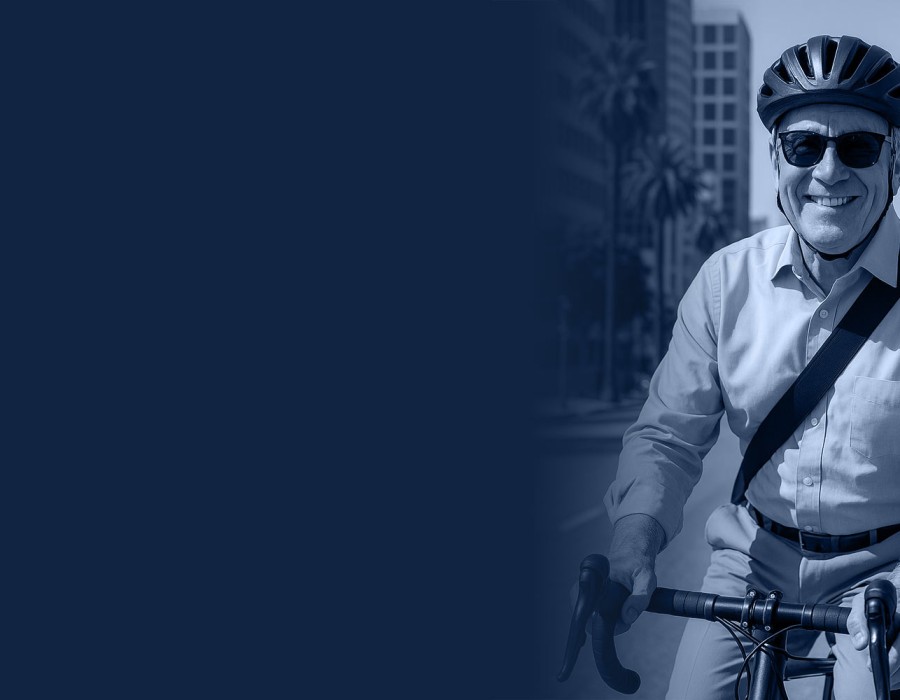Cycling around Pasadena is a thrill, with smooth roads, scenic routes, and perfect California weather. But let’s be real, sharing the road with cars can turn dangerous in a flash. Every year, countless cyclists find themselves dealing with painful injuries after collisions. Understanding the most common road accident injuries in Pasadena helps riders stay alert, plan safer routes, and take preventive measures before heading out.
Head and Brain Injuries
Head trauma tops the list when it comes to severe cycling injuries. Even with a helmet, a hard impact on the pavement or vehicle can cause serious damage. Concussions and traumatic brain injuries are unfortunately common. Riders often feel dazed, experience dizziness, or struggle with memory and concentration afterward.
Wearing a properly fitted helmet is non-negotiable; it can be the difference between a mild bruise and a life-altering injury. Cyclists should also avoid distractions and maintain steady visibility on busy roads.
Fractures and Broken Bones
Falls and side impacts during crashes often lead to broken bones. The hands, arms, and collarbones take most of the force as cyclists instinctively try to break their fall. Some riders suffer hip or leg fractures, especially when struck by larger vehicles.
Here’s a quick rundown of commonly fractured areas:
l Wrists and forearms
l Collarbone and shoulder
l Knees and legs
l Ribs and pelvis
Early treatment helps prevent complications. Immobilizing the injured area and seeking medical care immediately is crucial for proper healing.
Road Rash and Skin Abrasions
When a rider slides across asphalt, friction burns away layers of skin, causing road rash. It might sound minor, but it’s incredibly painful and prone to infection. Deep abrasions can leave permanent scars and sometimes require skin grafts.
Keeping the skin clean and covered after an accident prevents bacteria from spreading. Riders can reduce the risk by wearing long sleeves, padded gloves, and durable pants designed for cyclists. Protective gear isn’t just about style; it’s a safety investment.
Soft Tissue and Muscle Injuries
Not all injuries are visible. Many cyclists experience torn ligaments, bruised muscles, or strained tendons after a crash. These injuries often occur when a rider twists awkwardly or gets thrown off balance. The pain can linger for weeks, especially without rest or therapy.
Muscle injuries tend to affect areas like:
l Neck and shoulders
l Lower back
l Knees and thighs
Stretching before a ride, maintaining good posture, and using ergonomic bike setups can help minimize muscle strain and prevent recurring pain.
Spinal Cord and Back Injuries
A bad fall or direct impact can seriously damage the spine. In severe cases, riders may face partial or complete paralysis. Even mild back injuries can limit mobility and cause chronic pain if ignored.
Cyclists should seek medical attention after any back trauma, even if it seems minor at first. Early diagnosis through scans can prevent long-term complications. Understanding how road design injuries in Pasadena, CA, contribute to such outcomes is also essential. Poorly maintained roads, hidden potholes, or unclear bike lanes often make accidents worse than they should be.
Internal Injuries
Internal bleeding and organ damage can go unnoticed right after a collision. Symptoms may take hours or even days to appear. Blunt force trauma to the abdomen or chest is extremely dangerous, especially when high speeds are involved.
Warning signs like dizziness, nausea, or abdominal pain should never be ignored. Immediate emergency care can save lives. Cyclists should always get checked out by a doctor after any serious fall or crash, no matter how okay they feel initially.
Emotional Trauma
Accidents don’t just leave physical scars. Many victims struggle with anxiety, sleep problems, or fear of getting back on a bike. Emotional healing takes time, and it’s perfectly fine to seek counseling or therapy for support. Pasadena offers several mental health programs and cycling communities that help riders rebuild confidence after traumatic experiences.
Prevention: Riding Smart and Staying Safe
While accidents can’t always be avoided, cyclists can lower risks by following smart practices:
l Wear bright or reflective clothing.
l Use bike lights at dawn, dusk, and night.
l Keep your bike well-maintained.
l Stay alert at intersections and avoid distractions.
l Respect traffic laws and signals.
Improving awareness around road design injuries in Pasadena, CA, also plays a role. City planners and local authorities continually assess intersections, bike lanes, and signage to reduce danger spots. Riders can help by reporting hazards and supporting safety initiatives.
Conclusion
Bicycle accidents in Pasadena can range from mild scrapes to life-changing trauma. But with awareness, protective gear, and attention to road safety, cyclists can protect themselves and others. Recognizing the signs of common road accident injuries in Pasadena ensures quicker recovery and stronger advocacy for safer biking environments. Stay alert, ride smart, and keep rolling responsibly. The road is safer when everyone pedals with care.





Comments